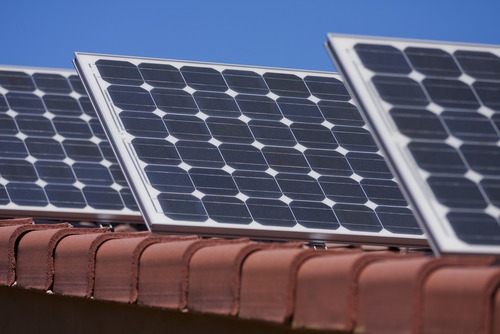Nexamp, ComEd collaborate on 15-year solar community program for low-income residents of Rockford, Illinois

With the launch of the Give-A-Ray program, Nexamp and ComEd have created a 15-year community solar program dedicated to providing energy benefits and savings to low- and moderate-income customers in the area of Rockford, Ill., for free.
“Give-A-Ray offers income eligible customers in the Ogle and Winnebago communities the opportunity to take advantage of community solar without paying for community solar credits,” Scott Vogt, vice president of strategy and energy policy for ComEd, said. “This long-term program demonstrates ComEd’s and Nexamp’s shared commitment to lifting up communities in need by ensuring equitable access to clean energy.”
Give-A-Ray will enable approximately 650 ComEd customers to enroll each year, after which they will receive community solar credits at no cost. ComEd will pay for those credits on behalf of customers and manage both the identification and enrollment of subscribers for the project. In this, it will be supported by local services like the Rockford Housing Authority. Requirements for joining the program have been posted online.
Those eligible will be able to earn credits on 75 percent of their average annual energy usage. This will save them about $250 each year. However, credits will vary month to month, based on the amount of energy generated by the project and any seasonal impacts on generation.
“Rockford places a high priority on using more renewable energy to generate electricity and on making sure the many benefits are available to customers regardless of income level,” said Mayor Tom McNamara. “We thank Nexamp and ComEd for bringing this innovative offering to Rockford, and we look forward to working with them to increase access to solar among residents who are most in need.”
Nexamp is building the community solar farm just north of downtown Rockford on a former city landfill. Operations are expected to begin in the fall of 2021, after which it will provide 2.6 MW of solar generation capacity stemming from more than 6,600 solar panels.
